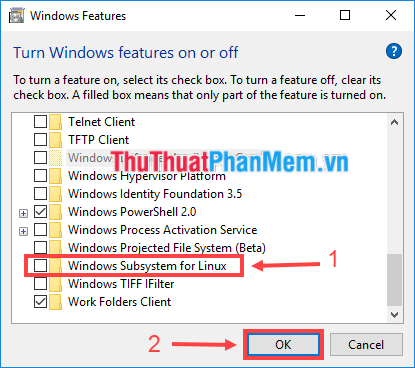

- #WINDOWS SLOW TO BOOT INSTALL#
- #WINDOWS SLOW TO BOOT MANUAL#
- #WINDOWS SLOW TO BOOT WINDOWS 7#
- #WINDOWS SLOW TO BOOT WINDOWS#
Note: “m” = manual enabled configuration change.
#WINDOWS SLOW TO BOOT INSTALL#
The following table compares XPERF with the SBSL SDP and with troubleshooting using logs.ĭelays aggregated across trace (CPU | Memory | Disk)Īvoids the need to send & install XPERF to collect data Regardless of whether ETL trace data is captured by XPERF or the SBSL SDP, all ETL trace data is still viewed with XPERFVIEW, and the SBSL SDP wizard has an option that allows administrators to save trace data on the SBSL computer for their own review.Ĭurrently, the SBSL SDP is only available to administrators and support professionals that open a support case with Microsoft CTS. Additional real-time and post-mortem diagnostic rules will be added to check for known root causes for slow boot and slow logon issues over time.

Rule checks quickly expose probable and known root causes for slow boots or logons. Its primary focus is the fast and efficient collection of ETL trace data and the execution of diagnostic rules.
#WINDOWS SLOW TO BOOT WINDOWS#
The SBSL SDP manifest supports Windows Vista, Windows 7, Windows Server 2008 and Windows Server 2008 R2 computers.

#WINDOWS SLOW TO BOOT WINDOWS 7#
The latest WPT ships as part of the Windows SDK for Windows 7 and. XPERF, also known as the Windows Performance Analyzer, ships as part of the Windows Performance Tools (WPT) kit. In 2011, Commercial Technical Support (CTS) adopted XPERF as the primary tool in diagnosing boot and logon delays. Microsoft support had been using a collection of tools and logs including NETLOGON, USERENV and GPSVC logs, Process Monitor, NETMON traces, ETL traces (like profile and Winlogon) and memory dump to troubleshoot slow user logons on domain-joined computersįor years. The goal of this content is to create awareness among IT administrators, support professionals, and consultants, about the tools, cause, and resolutions for boot and user logon delays.


 0 kommentar(er)
0 kommentar(er)
